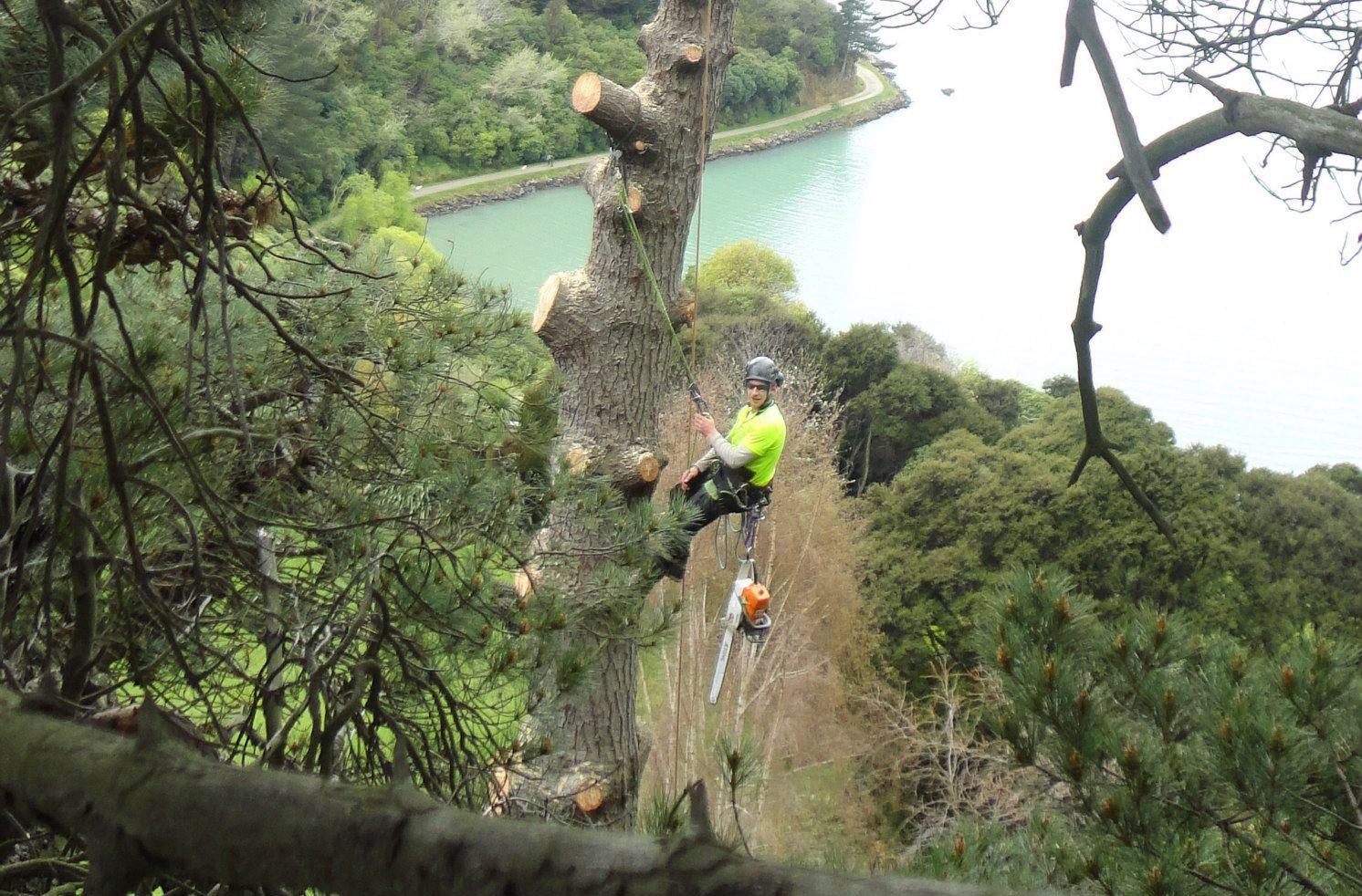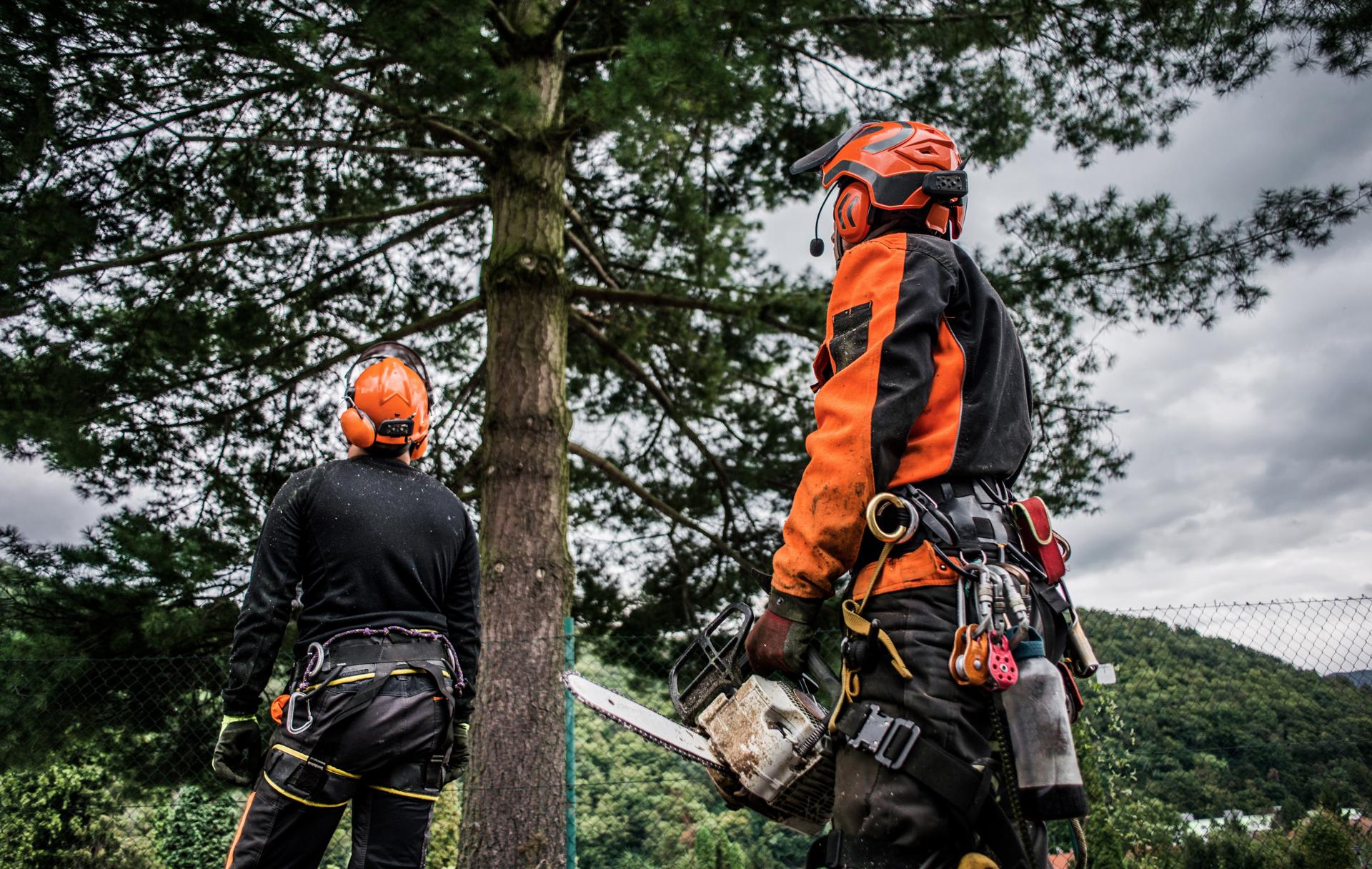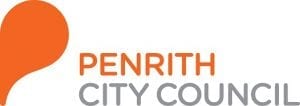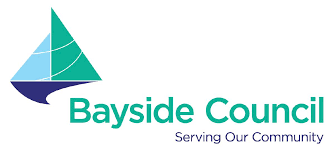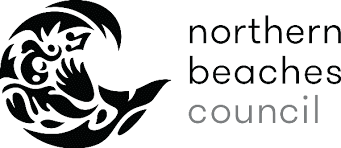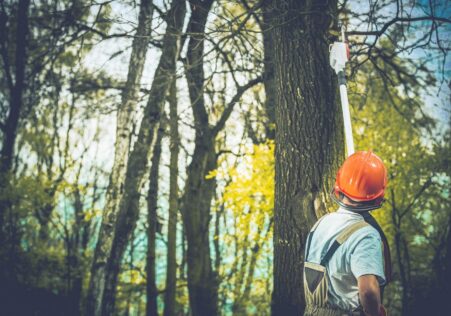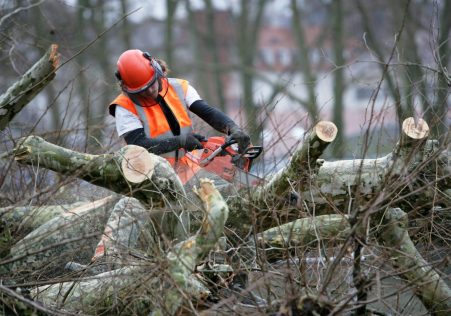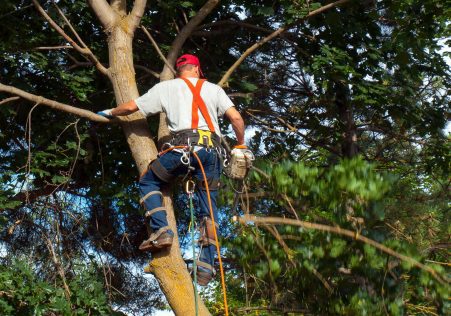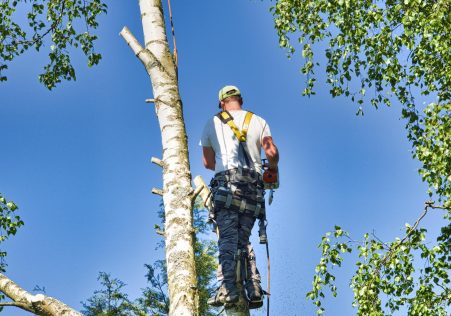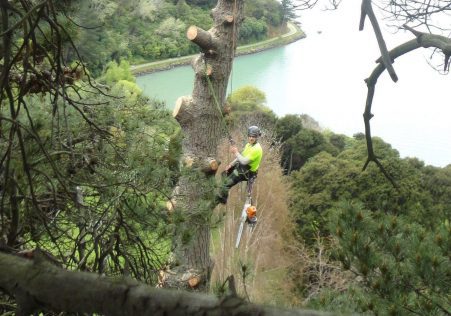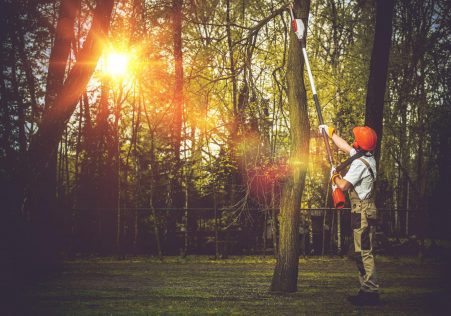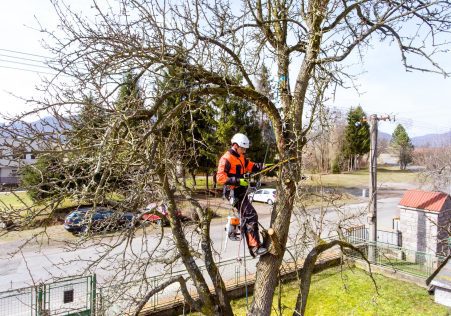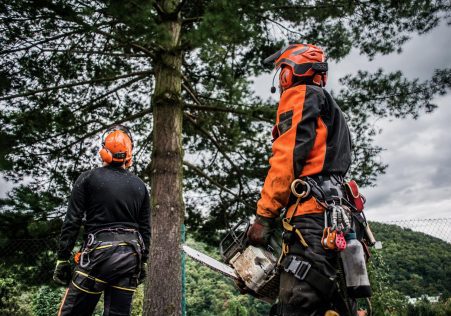How to Spot a Dying Tree Prior to it's Overdue

Tree removal is a complex and potentially hazardous task. If a tree is dying or ill-healthed, or is in danger from falling down, then it may need to be removed in order to protect property and guarantee safety. How do you know whether a tree should be removed? In this article, we’ll walk you through the signs to be looking at and guide you determine the right time to call in experts.
Dead or Dying Trees
One of the most obvious signs that a tree should be removed is when it is dead or dying. Dead trees do not have leaves and can have a lifeless appearance. If a tree is without leaves or evidence of growth, it’s likely dead. In addition, the bark of a dead tree could be cracked, dry, or peeling.
Diseased Trees
Diseased trees may pose a threat to other plants and trees in the surrounding area. The most common signs of disease on trees are the appearance of yellowing leaves, wilted branches, and mushrooms growing at the bottom or the trunk. If you suspect that your tree may be diseased it is important to have it examined by a professional arborist.
Leaning Trees
Trees that are leaning to one side can be a sign it is a sign that the roots are failing and the tree may be at risk of falling. To find out if a tree that is leaning could be a threat, check for cracks or broken areas in the trunk and look into the soil around the base of the tree. If you notice any of these signs it is recommended to have the tree evaluated by an arborist.
Overhanging Branches
Trees with overhanging branches located close to buildings or power lines can pose a risk to property and safety. If you have concerns regarding branches that hang overhanging you should have the tree evaluated by an arborist to determine whether removal or pruning is necessary.
FAQs
What can I do to tell whether a tree is dead?
An individual tree can be said to be dead when it does not have leaves and no signs of growth. Additionally, the bark of a dead tree may be dry, cracked, or peeling.
What are the signs of a tree that is diseased?
Common signs of illness in trees include the appearance of yellowing leaves, wilted branches, and mushroom growth at the bottom of the tree.
Is it safe to remove an entire tree on your own?
Tree removal can be a complicated and potentially dangerous task. It’s best to leave it to experts who can ensure the safety of you and your family members.
Conclusion
When you’re dealing with tree removal, you need to be able to recognize the signs that a tree requires to be cut down. By being aware of the signs of dead or dying trees, sick trees, overhanging or leaning branches and overhanging branches, you can take the necessary steps to ensure the safety of your property and those surrounding you. If you believe that there is a tree in your yard that requires removal and you are unsure, contact Sydney Tree Lopping Services for a professional review. Our highly trained arborists have the expertise and tools to handle all your tree removal needs. Don’t risk your security. If you believe that there is a tree in your yard that should be removed, call Sydney Tree Lopping Services today for a professional assessment. Our experienced arborists will provide you with the security that comes with knowing your property is in good hands. Contact us today by dialing 1300 291 794 to schedule an appointment.

